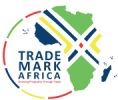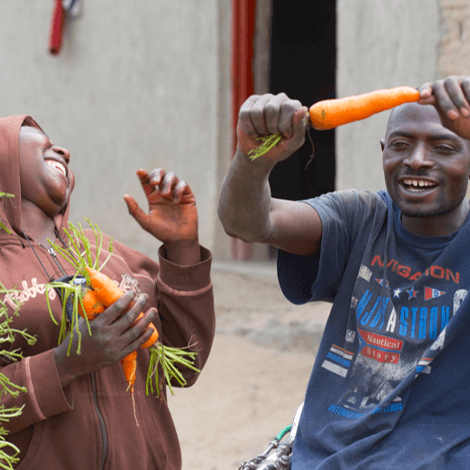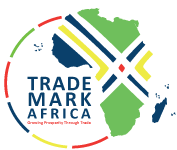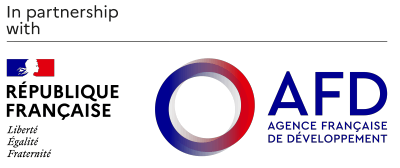Traders in the East African Community (EAC) should understand the rule of game in the regional cross-border trade, a trade technocrat has advised as millers in Kenya complain about zero rated wheat flour imports from Tanzania. The East African Business Council (EABC) Trade Economist, Mr Adrian Njau, said in a telephone interview from Arusha yesterday that most traders were uninformed of their rights stated on the EAC treaties. "Business people operating in the region should not overlook the procedures needed to penetrate the regional markets, but make effective use of the duty-free access to sell their products," he said. Kenyan millers have questioned the application of the EAC tax regime by the authorities which allow wheat from Tanzania to enter Kenya market tax free. Kenyan Cereal Millers said Tanzania imports its wheat, hence should not enjoy tax incentives under the East African Community Customs Union (rule of origin), which gives preferential treatment to locally produced goods. However, under the revised Rules of Origin adopted by EAC ministers, finished products are required to have at least 30 per cent of the ex-works value added in the exporting member state, down from 35 per cent of the ex-factory price. The millers have accused Kenya officials at the borders of letting zero- rated wheat from Tanzania enter the country, yet Kenyans pay up to 50 per cent duties when exporting their products to East Africa. Under the EAC customs union rule of origin 2015, goods shall be accepted as originating in a partner state...
East Africa: EAC Traders Told to Learn Rule of Game in Cross-Border Trade
Posted on: December 8, 2016
Posted on: December 8, 2016















